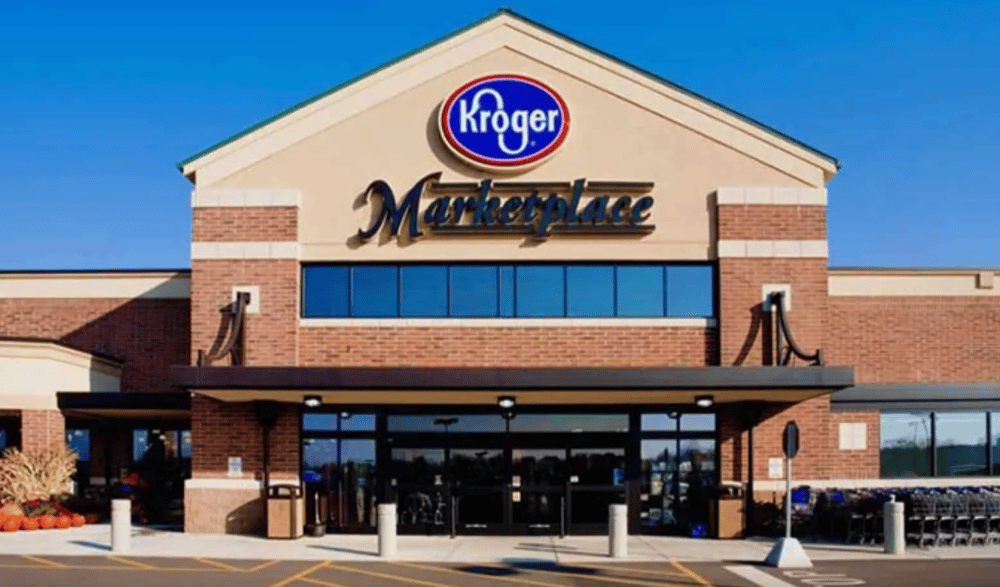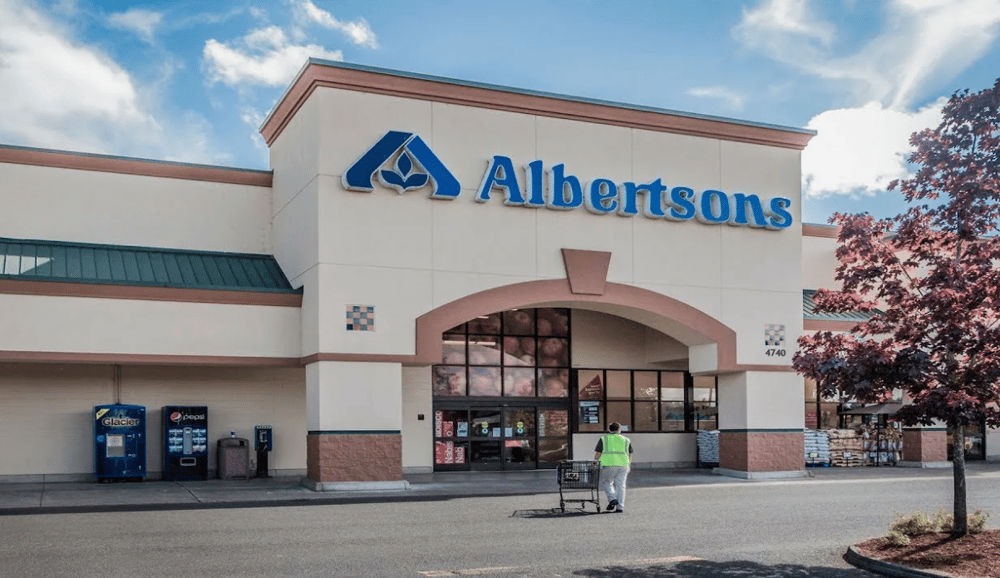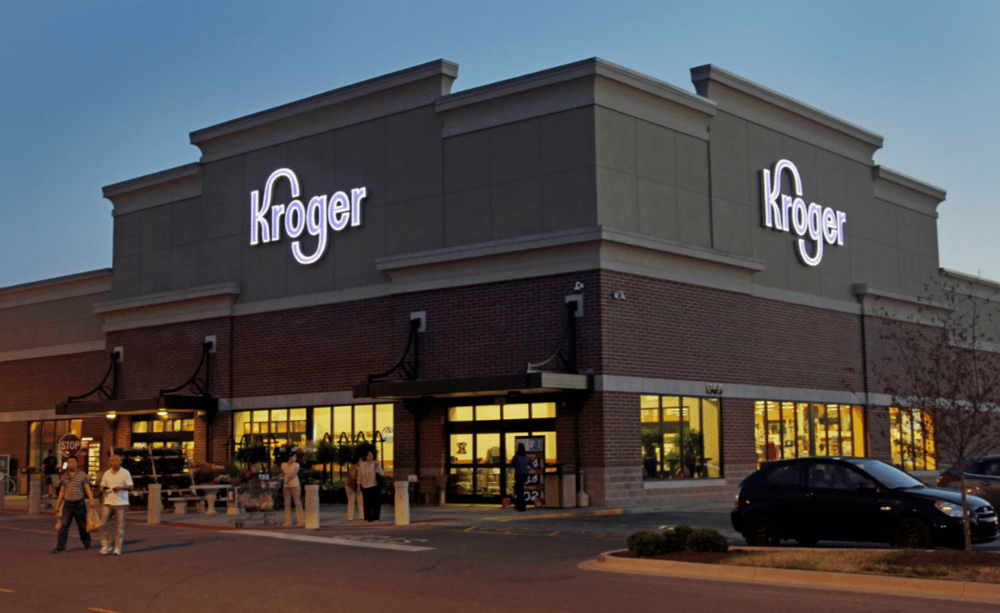Kroger’s Strategic Shift: USD 100M Impairment Signals Store Closures Amid Retail Optimization
On June 20, Kroger Co. $KR, one of the largest grocery chains in the United States, announced a significant operational restructuring. The company plans to close 60 stores over the next 18 months, representing approximately 2% of its total footprint across 35 U.S. states. While specific locations have not been disclosed, the closures mark a clear move to enhance financial efficiency and streamline underperforming assets.
The decision comes as Kroger recorded a USD 100 million impairment charge, a non-cash accounting expense tied to the reduced value of assets associated with the closing stores. Despite the sizeable write-down, Kroger anticipates a modest financial benefit over the long term, suggesting a focus on margin preservation in a competitive retail landscape.
Rationale Behind the Closures and Broader Strategic Implications
Kroger’s announcement reflects a growing trend among U.S. retailers seeking to optimize store networks amid rising operating costs, labor constraints, and shifting consumer behavior. With 2,731 locations at the start of the fiscal year, the company's footprint remains among the broadest in the U.S. grocery segment. However, the closures indicate a more surgical approach to cost control, especially in markets with underperforming or overlapping stores.
Analysts point to several motivating factors:
Post-pandemic consumption patterns continue to normalize, reducing revenue from inflated pandemic-era baselines.
Competition from discounters and e-commerce (e.g., Walmart $WMT, Amazon Fresh $AMZN) intensifies pressure on physical grocery retail.
Real estate and utility costs are rising, making some locations economically unviable.
Labor shortages and wage inflation further compress margins, particularly in low-traffic areas.
Kroger has emphasized that the closures are part of a “store optimization” initiative rather than a retrenchment, with capital redirected to higher-performing assets, including technology upgrades, delivery logistics, and private label development.

Quick Facts:
Kroger (KR) will shut 60 stores (~2% of total portfolio) over 18 months.
The closures impact an undisclosed number of locations in 35 states.
A USD 100M impairment charge has been recorded in Q2 2025 financials.
The company forecasts modest long-term financial gains as a result.
Kroger is investing in operational efficiency and digital platforms.
Market Reaction and Industry Context: Wall Street and Retail Peers Respond
Despite the headline, the market reaction was relatively muted. Kroger shares closed slightly higher on the day of the announcement, as investors interpreted the closures as a disciplined step toward efficiency rather than a sign of structural weakness.
Retail analysts noted that Wall Street has increasingly rewarded consolidation and profitability over raw expansion, particularly in the grocery sector. Peers such as Albertsons $ACI and regional players like Publix have undertaken similar footprint reviews.
Meanwhile, the USD remained stable, with no immediate macroeconomic consequences expected from the announcement. However, continued restructuring across the retail sector could feed into broader labor market metrics, particularly if store closures lead to localized layoffs.

Key Developments:
60 store closures announced over an 18-month timeline.
2% reduction in total Kroger store count.
USD 100 million impairment booked in current financial quarter.
No specific geographic breakdown yet provided.
Long-term focus on store productivity and operational efficiency.
Kroger Repositions for Long-Term Resilience
Kroger’s decision to close 60 stores reflects a strategic rebalancing of physical assets amid shifting retail economics. While the impairment charge may weigh on short-term earnings, the initiative underscores management's focus on optimizing profitability and aligning resources with evolving consumer trends.
This realignment may signal a broader trend of retail footprint rationalization, particularly among large-format grocers. In an environment marked by tight margins, high fixed costs, and digital disruption, operational flexibility has become a key differentiator.















Comments
Change is tough, but it might be what Kroger needs to get back on track.